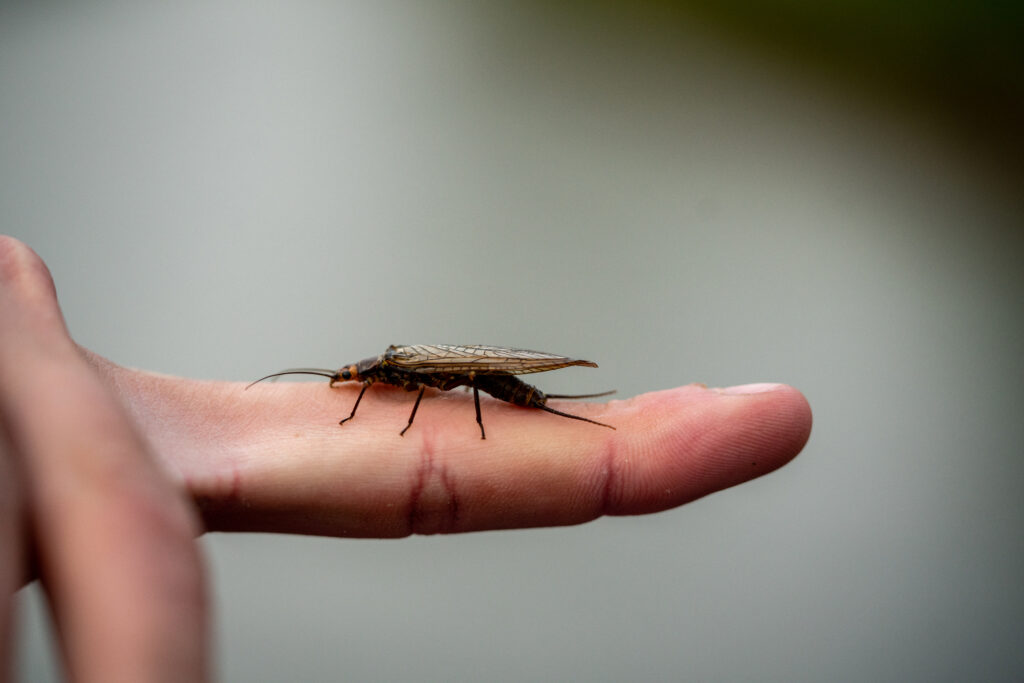Archive for June 2024
Mastering the Art of Fly Fishing with Dry Flies
Fly fishing with dry flies is an art form that combines patience, skill, and an understanding of aquatic ecosystems. Unlike nymph or streamer fishing, dry fly fishing involves presenting flies that float on the water’s surface, imitating adult insects. It’s a method cherished by anglers for its elegance and the visual thrill of watching a trout rise to take the fly. In this guide, we’ll dive into the nuances of dry fly fishing, from equipment selection to casting techniques and understanding insect behavior.
1. Understanding Dry Flies:
Dry flies imitate adult insects that either land on the water’s surface or emerge from underwater to hatch into flying insects. Different dry flies mimic various insects such as mayflies, caddisflies, stoneflies, and terrestrial insects like ants and grasshoppers. Familiarize yourself with the local insect hatches to choose the appropriate dry flies for the season and location.
2. Essential Equipment:
Fly Rod: Opt for a lightweight rod with a delicate action, typically in the 3-5 weight range for most dry fly fishing situations.
Fly Reel: Choose a reel with a smooth drag system to handle the occasional larger fish that may take your fly.
Fly Line: Weight-forward floating lines are ideal for presenting dry flies accurately and delicately.
Leaders and Tippets: Use long, tapered leaders with fine tippets to ensure a natural presentation and minimize spooking fish. We like to use nylon leaders roughly 9ft in length. Nylon floats better than fluorocarbon leaders. Use this with our paste and keep your leader from getting water logged.

3. Presentation Techniques:
Approach Stealthily: Trout in clear water can be easily spooked by anglers, so approach your fishing spot with caution and avoid making unnecessary noise or disturbances.
Cast with Precision: Aim for accurate casts, placing the fly gently on the water’s surface to avoid alarming the fish.
Mend Your Line: Use mending techniques to control the drift of your fly, ensuring a drag-free presentation and natural drift.
Pay Attention to Drift: Watch the drift of your fly closely and be ready for any subtle takes or rises from feeding trout.

4. Matching the Hatch:
Observation is Key: Keep an eye on the water surface for signs of insect activity such as rises, hatching insects, or spent spinners.
Select the Right Fly: Match your fly pattern to the insects present on the water, both in size and color.
Experiment: If trout are not responding to your initial fly choice, try different patterns until you find one that triggers a response.

5. Fishing Strategies:
Dry Fly Techniques: Explore different dry fly presentations such as dead drifts, skittering, and twitching to entice trout.
Fish the Riffles: Target feeding trout in riffles, where they often congregate to intercept drifting insects.
Evening Rise: Take advantage of the evening rise when trout become more active and feed on surface insects with greater enthusiasm.
6. Practice and Patience:
Dry fly fishing requires patience and practice to master the art of presentation and observation.
Spend time on the water, honing your casting skills and studying insect behavior to become a more proficient dry fly angler.

Mastering the art of dry fly fishing is a rewarding journey that connects anglers to the rhythms of nature and the elusive behavior of trout. By understanding the nuances of presentation, matching the hatch, and honing your observation skills, you can increase your success on the water and experience the thrill of watching trout rise to your meticulously presented dry fly. So, grab your gear, head to the nearest trout stream, and immerse yourself in the timeless tradition of fly fishing with dry flies.
